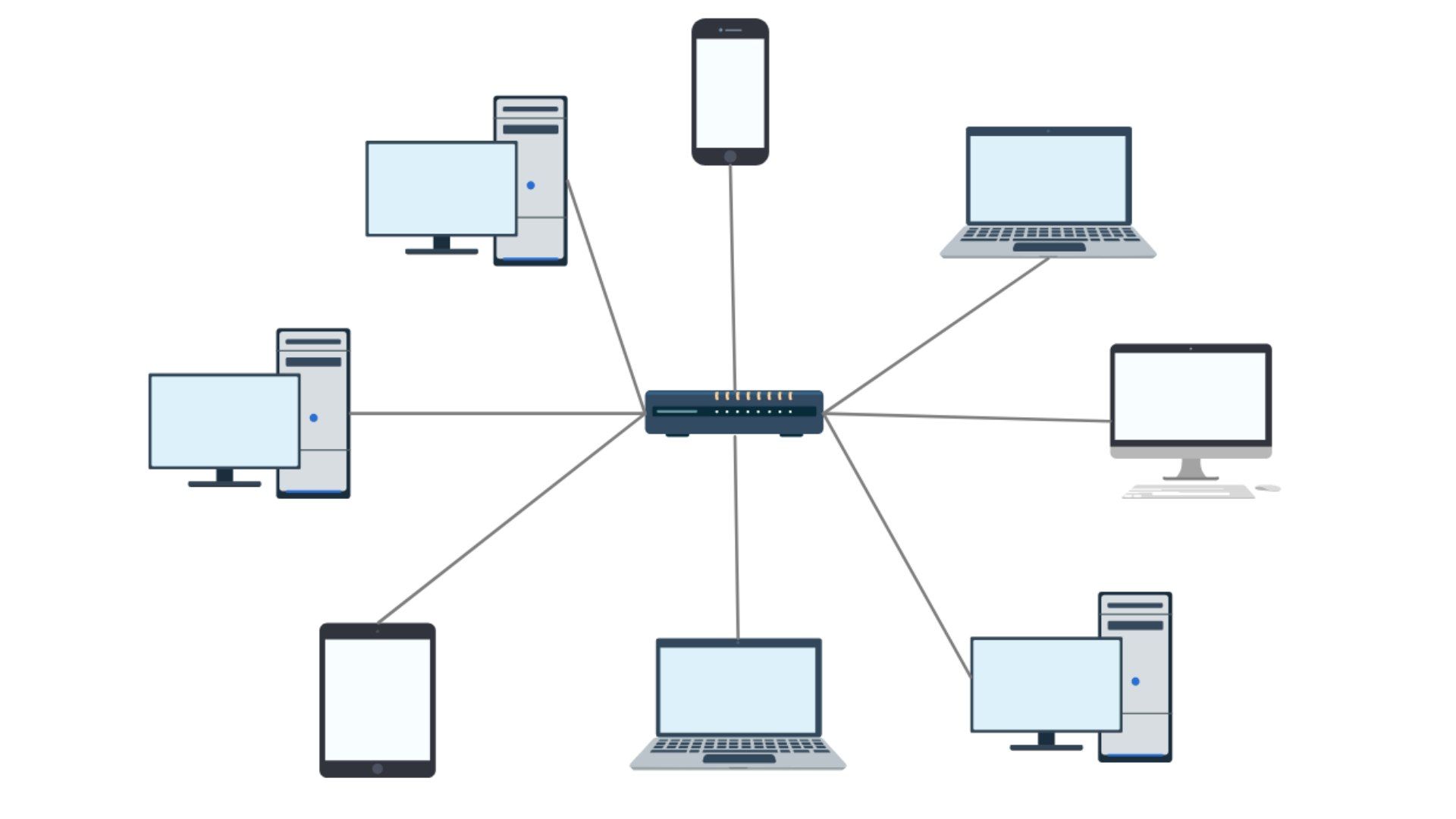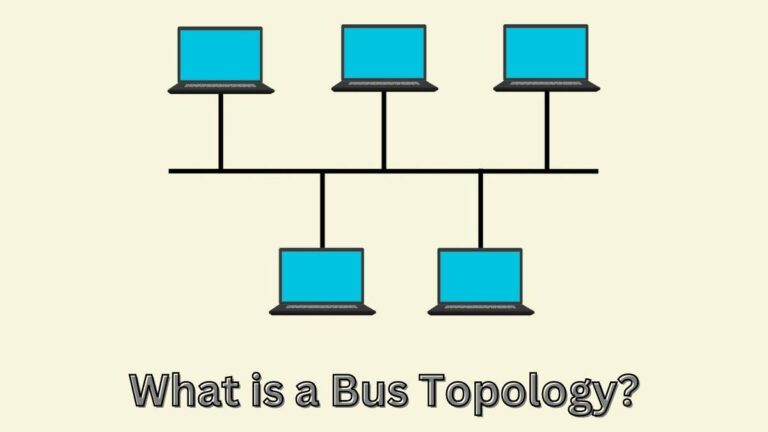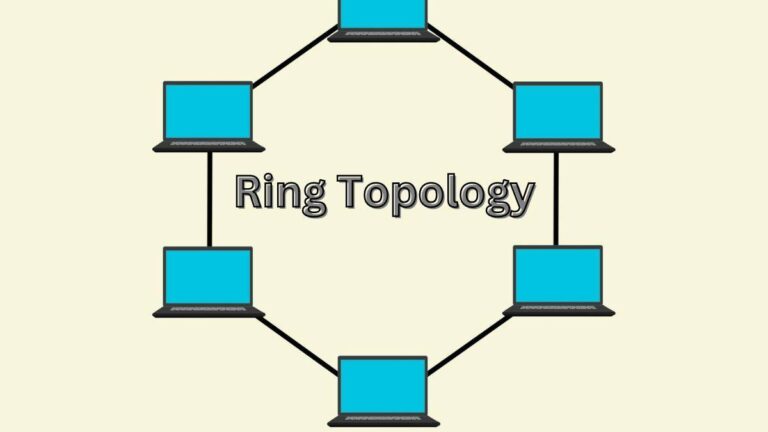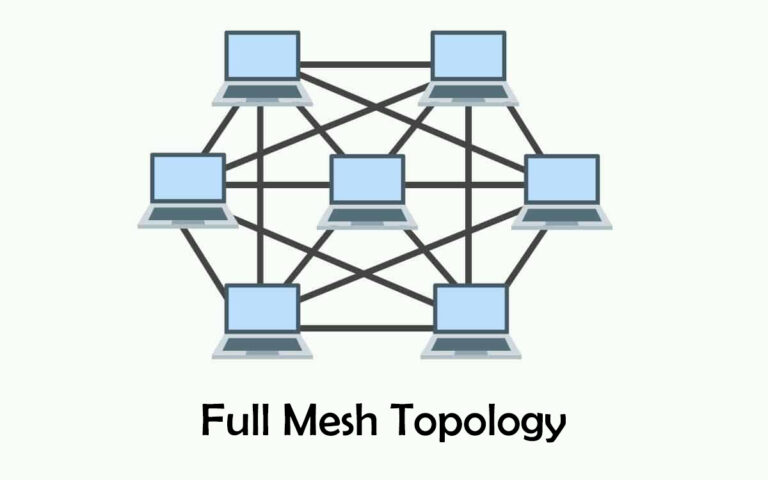Star Topology: Illuminating Network Connectivity
The world of networking architectures is vast and intricate, with various topologies available to connect devices and ensure seamless communication. Among these, the star topology is a standout option, which offers a centralized structure that simplifies management and enhances reliability. In a star topology, all devices connect to a central node, called a hub, which acts as a communication mediator. This design eliminates the need for complex routing and enables easy troubleshooting of network issues. Additionally, the star topology ensures that if one device fails, the rest of the network remains operational, making it a highly reliable architecture.
Understanding Star Topology
Definition of Star Topology
Star topology is a widely used network configuration that is characterized by a central hub or switch to which all nodes or devices are connected. This configuration forms a star-like pattern, with the central hub being the focal point. In this topology, all communication between nodes is routed through the central hub, which facilitates efficient data transmission and streamlined communication.
The centralized approach allows for easy management and troubleshooting of the network, making it an excellent choice for small to medium-sized networks. This topology is also known for its flexibility and scalability, as additional nodes can be easily added to the network without disrupting its operation. Overall, the star topology is a reliable and efficient network configuration that is widely used in various industries.
Components of Star Topology
A star network is a type of computer network in which each device or endpoint, commonly referred to as a node, is connected to a central hub or switch. The central hub is responsible for managing the flow of data traffic within the network. In this network architecture, each node is connected to the central hub through dedicated cables, forming a network of interconnected devices.
The hub acts as a mediator between the nodes, and data transmitted between two nodes must pass through the hub. This arrangement ensures that if a node fails, it will not affect the other nodes in the network. Additionally, the central hub allows for easy management of the network, making it a popular choice for home and small business networks.
Advantages of Star Topology

Centralized Management
The star topology is a networking architecture that features a centralized management structure, offering numerous benefits to organizations. This approach involves routing all communication through a central hub or switch, which enables network administrators to easily monitor and control data flow, streamlining administration and configuration processes. By using a centralized hub, the network can be managed seamlessly, ensuring that communication within the network is efficient and effective. This topology is a popular choice among businesses due to its ease of management and enhanced performance.
Scalability and Flexibility
The star topology is an efficient networking configuration that allows for easy scalability by enabling the addition or removal of nodes with minimal disruption to the network. This inherent flexibility makes it an ideal choice for networks of different sizes, ranging from small office setups to large-scale enterprise environments.
With the star topology, the network is organized in such a way that all the nodes are connected to a central hub, which acts as the main communication point. This means that information is transmitted through this central hub, making it easier to manage and maintain. Additionally, the star topology offers high reliability and fault tolerance, ensuring that the network stays up and running even in the event of a node failure.
Disadvantages of Star Topology
Single Point of Failure
The star topology is a popular network architecture that offers several benefits such as ease of installation, scalability, and high-performance communication. However, this topology is not without its drawbacks. One significant disadvantage of the star topology is its vulnerability to a single point of failure—the central hub or switch. In a star topology, all devices on the network are connected to a central hub or switch.
If the central device malfunctions or becomes unavailable, it can cause communication disruptions across the entire network. This can result in downtime, loss of productivity, and connectivity issues that can significantly impact the overall network performance. Therefore, it is essential to have backup plans and redundant systems in place to mitigate the risk of a single point of failure and ensure uninterrupted communication in the event of any central device failure.
Mesh Topology: The Complexities of Interconnected Networks
Cost Considerations
One important factor to keep in mind while implementing a star topology is the expenses incurred in setting up the central equipment and infrastructure. Since this topology requires a sturdy central hub or switch, along with the installation of connection cables, it can lead to higher upfront costs when compared to other network topologies. The cost of the central equipment and infrastructure may vary depending on the size of the network and the kind of devices involved. It’s important to factor these costs into the overall budget when planning to implement a star topology network.
Star Topology Protocol
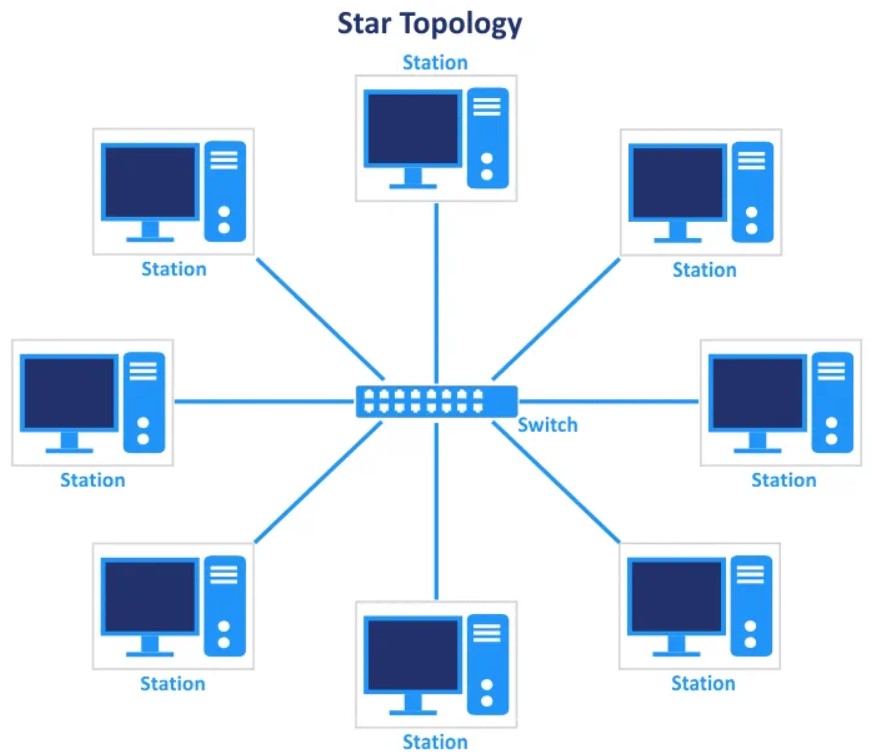
Data Transmission Process
In a star network, all devices are connected to a central hub or switch, which acts as a mediator for data transmission. Whenever a device sends data, it first sends the data packet to the central hub, which then forwards it to its intended destination node. This mechanism ensures that communication between connected devices is efficient and reliable, as it eliminates the need for each device to directly communicate with every other device on the network.
Error Detection and Handling
In a star topology network, ensuring the integrity of data transmission is crucial. To achieve this, the network employs various error detection mechanisms that continuously monitor the network traffic and identify any transmission errors. By promptly detecting and resolving these errors, network administrators can prevent data loss, maintain reliable communication, and ensure the smooth functioning of the network. This approach helps in enhancing the overall performance of the network while ensuring the integrity and security of the data transmitted over the network.
Examples of Star Topology
Ethernet Networks
Ethernet Local Area Networks (LANs) commonly use a star topology, which involves connecting devices to a central switch or hub. This configuration allows for efficient and reliable communication between network devices, regardless of the type of Ethernet setup being used. From the standard Ethernet configurations to the high-speed Gigabit networks, the star topology offers both flexibility and optimal performance.
Wireless LANs (WLANs)
Wireless Local Area Networks (WLANs) are often structured with a star topology, where the access points act as central hubs. This configuration makes it possible for Wi-Fi networks, which are widely used in both residential and commercial settings, to provide efficient wireless connectivity. The star topology enables devices to communicate with each other without having to go through multiple nodes, resulting in faster and more reliable data transmission.
Comparison with Other Topologies
Star vs. Bus Topology
When it comes to network topologies, the star configuration stands out as one of the most reliable and efficient options available. Unlike the bus topology, which connects devices linearly along a single cable, the star topology features a central hub or switch that serves as the central point for all network connections.
One of the key advantages of the star topology is its ability to offer superior network management and scalability. By centralizing all network connections, administrators can easily monitor and manage the network, making it easier to detect and troubleshoot issues as they arise. This also makes it easier to add or remove devices from the network without disrupting the entire system.
Another significant benefit of the star topology is its ability to eliminate the risk of network collisions. In a bus topology, collisions can occur if two devices attempt to transmit data at the same time, resulting in lost data and decreased network performance. In a star topology, however, each device has its dedicated connection to the central hub, which ensures that collisions are much less likely to occur. This, in turn, enhances network reliability and performance.
Star vs. Ring Topology
When it comes to network topologies, there are different options available to connect devices. One such topology is the ring topology, where nodes are connected circularly. In contrast, the star topology provides a centralized connectivity model, where all the devices are connected to a central hub or switch. This reduces the likelihood of network downtime due to a single point of failure.
In a star network, each device is connected to the central hub individually, and if one device fails, it does not affect the rest of the network. This makes the star topology a more reliable option, as it is less likely to experience widespread network outages.
Another benefit of the star topology is that it offers greater flexibility and ease of management. With a centralized hub, it is easier to monitor and manage the network, as well as add or remove devices as needed. This makes the star topology a popular choice for many organizations, particularly those with large networks or those who prioritize reliability and ease of management.
Ring Topology: Understanding the Circular Network Configuration
Implementing Star Topology
Physical Layout Planning
When setting up a network with a star topology, it is crucial to pay close attention to the physical arrangement of the various network components. The placement of the central hub or switch is a key aspect that must be carefully considered to ensure the optimal performance of the network. Additionally, it is important to route the connection cables efficiently to minimize interference and maximize data transfer speeds. By taking these steps, you can create a robust and reliable network infrastructure that will meet your organization’s needs.
Network Configuration and Setup
One of the most crucial steps in setting up a star network is configuring the IP addresses for the nodes and adjusting the settings on the central hub or switch. This process plays a vital role in establishing seamless communication between the nodes and facilitates efficient data transmission across the network. Proper configuration of IP addresses and settings ensures that the network functions smoothly, allowing for uninterrupted data flow and ensuring that the network operates at optimal performance levels.
Maintenance and Troubleshooting
Routine Maintenance Tasks
For star topology networks to function seamlessly, it is crucial to perform regular maintenance tasks. These tasks include inspecting and maintaining the central hub or switch, which serves as the connection point for all devices in the network. Besides, periodic cable inspections are essential to identify and address potential issues promptly. These maintenance activities ensure that the network operates efficiently and avoids any downtime that may impact the system’s productivity.
Troubleshooting Common Issues
In star topology networks, there are a few common issues that administrators may encounter, such as node connectivity problems and central hub or switch failures. These issues can lead to network downtime, which can be costly and disruptive. Therefore, it’s essential for administrators to effectively diagnose and resolve these issues as quickly as possible to minimize network downtime and keep the network running smoothly.
Future Trends and Innovations
Advancements in Central Network Equipment
With the evolving technology, central network equipment like smart switches and managed hubs are continually improving, providing better functionality and seamless integration with emerging technologies such as IoT and smart devices. This advancement in central network equipment is a significant step towards enhancing the overall performance and efficiency of the network infrastructure.
Hybrid Topology Solutions
Hybrid topology solutions are a novel approach to network design. These solutions incorporate the star topology with other network configurations like clusters or meshes, thus offering increased flexibility and scalability to cater to diverse networking needs. The hybrid topology solutions provide an innovative way to address network design challenges and offer unique benefits that traditional topologies may not provide.
Conclusion
In the realm of modern networking architectures, star topology has emerged as a key building block, providing centralized connectivity, easy-to-manage infrastructure, and dependable performance. This topology is designed in such a way that all nodes in the network are connected directly to a central hub, which serves as the focal point for all communication traffic.
The star topology offers several advantages over other topologies, such as bus and ring, including better scalability, higher reliability, and a simpler design. With the rapid advancement of technology, star topology is expected to further evolve and transform, making it an indispensable component in the interconnected network universe. Whether in a small office or a large enterprise, the star topology is an excellent choice for building a robust and efficient network infrastructure.
